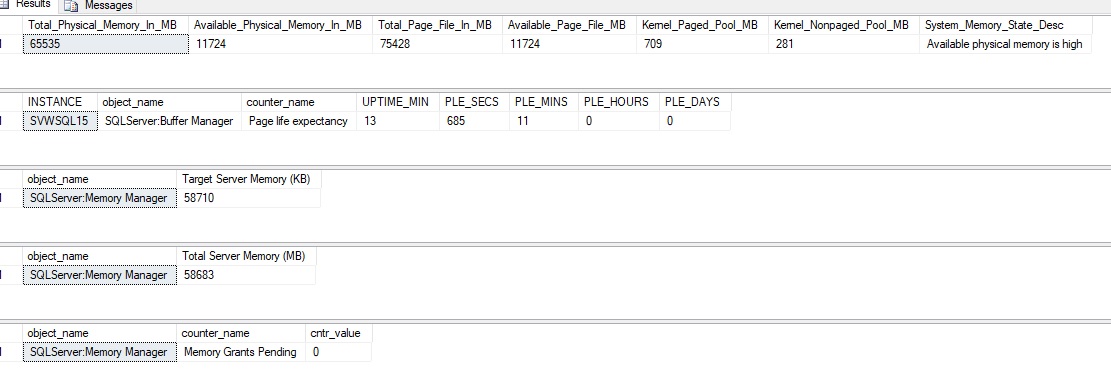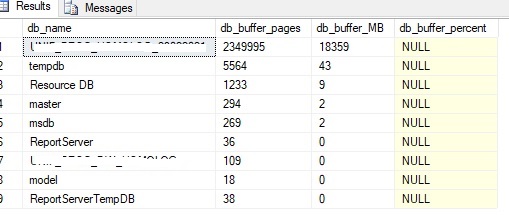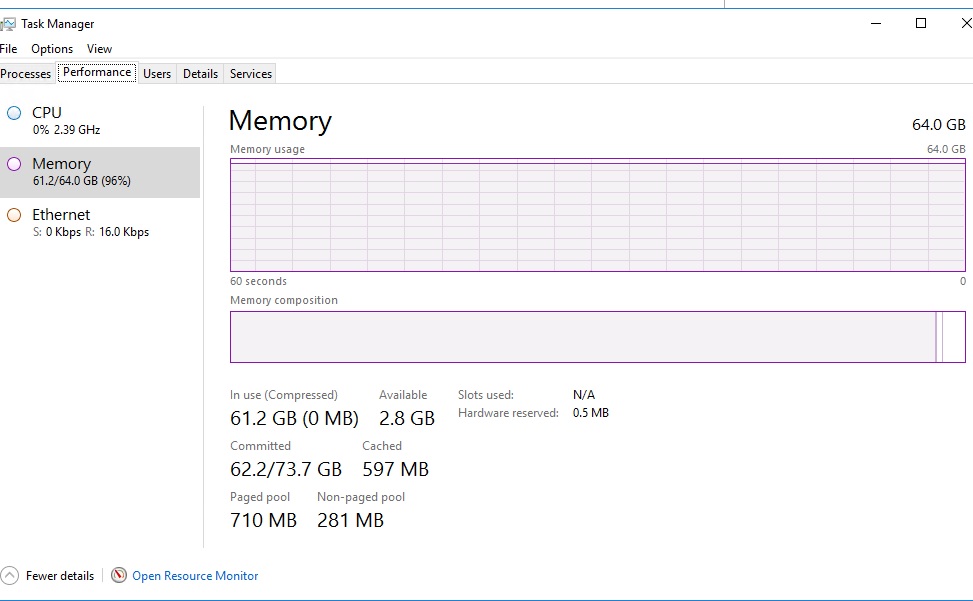Have you bound the database to a specific resource pool?
Try to increase the memory available to the pool.
Bind a Database with Memory-Optimized Tables to a Resource Pool - Percent of memory available for memory-optimized tables and indexes
If you map a database with memory-optimized tables and a SQL Server
workload to the same resource pool, the Resource Governor sets an
internal threshold for In-Memory OLTP use so that the users of the
pool do not have conflicts over pool usage. Generally speaking, the
threshold for In-Memory OLTP use is about 80% of the pool. The
following table shows actual thresholds for various memory sizes.
When you create a dedicated resource pool for the In-Memory OLTP
database, you need to estimate how much physical memory you need for
the in-memory tables after accounting for row versions and data
growth. Once you estimate the memory needed, you create a resource
pool with a percent of the commit target memory for SQL Instance as
reflected by column 'committed_target_kb' in the DMV
sys.dm_os_sys_info. For example, you can create a resource pool P1
with 40% of the total memory available to the instance. Out of this
40%, the In-Memory OLTP engine gets a smaller percent to store
In-Memory OLTP data. This is done to make sure In-Memory OLTP does not
consume all the memory from this pool. This value of the smaller
percent depends upon the Target committed Memory. The following table
describes memory available to In-Memory OLTP database in a resource
pool (named or default) before an OOM error is raised.
Evaluate it with this query
USE master
GO
;WITH cte
AS ( SELECT RP.pool_id ,
RP.Name ,
RP.min_memory_percent ,
RP.max_memory_percent ,
CAST (RP.max_memory_kb / 1024. / 1024.
AS NUMERIC(12, 2)) AS max_memory_gb ,
CAST (RP.used_memory_kb / 1024. / 1024.
AS NUMERIC(12, 2)) AS used_memory_gb ,
CAST (RP.target_memory_kb / 1024. / 1024.
AS NUMERIC(12,2)) AS target_memory_gb,
CAST (SI.committed_target_kb / 1024. / 1024.
AS NUMERIC(12, 2)) AS committed_target_kb
FROM sys.dm_resource_governor_resource_pools RP
CROSS JOIN sys.dm_os_sys_info SI
)
SELECT c.pool_id ,
c.Name ,
c.min_memory_percent ,
c.max_memory_percent ,
c.max_memory_gb ,
c.used_memory_gb ,
c.target_memory_gb ,
CAST(c.committed_target_kb *
CASE WHEN c.committed_target_kb <= 8 THEN 0.7
WHEN c.committed_target_kb < 16 THEN 0.75
WHEN c.committed_target_kb < 32 THEN 0.8
WHEN c.committed_target_kb <= 96 THEN 0.85
WHEN c.committed_target_kb > 96 THEN 0.9
END * c.max_memory_percent /100 AS NUMERIC(12,2))
AS [Max_for_InMemory_Objects_gb]
FROM cte c







